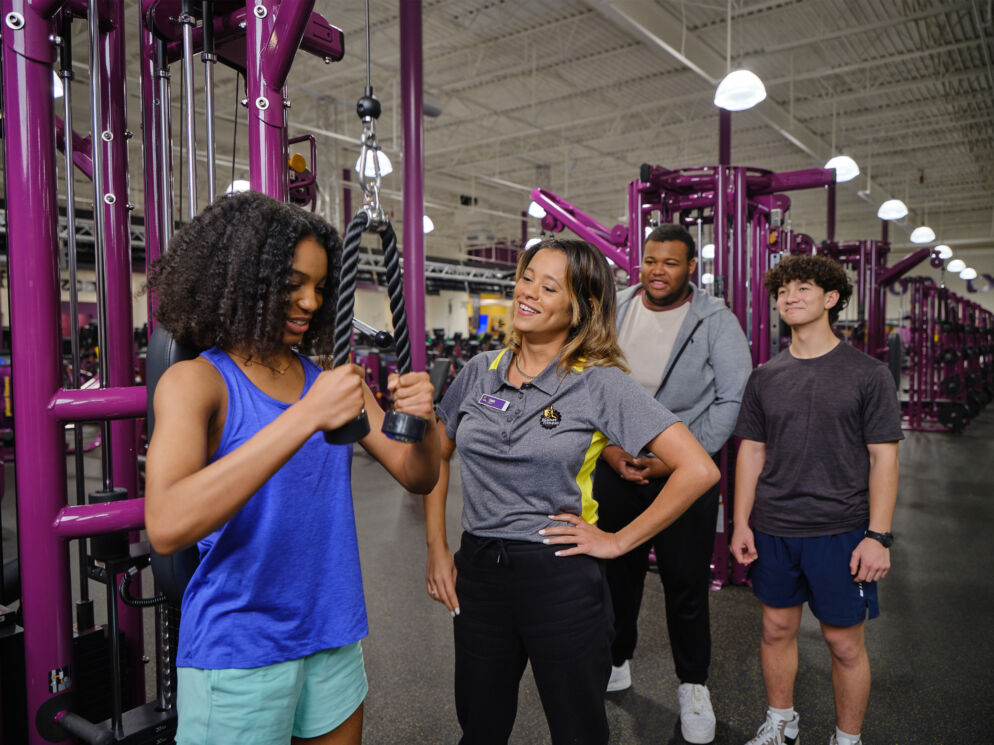
Sports can be hard on the body, so much so that they may even lead to injury. And kids trying a sport or fitness routine for the first time might be more susceptible to injury, or healing incorrectly after injury, if they don’t know what precautions to take.
How should kids approach working out for the first time to stay in shape for sports? How should they approach recovering from injury when they get hurt for the first time?
Baltimore’s Child spoke with two local trainers about how kids and teenagers can hit the gym or field responsibly. Both offered key insights into working out and recovering.
Staying in Shape for Sports
“As kids and teens learn to stay fit in order to prevent injury in sports and fitness, they need to learn the whole picture of what staying healthy looks like,” says Jerod Felice, founder/president of FX Physical Therapy in Hunt Valley.
Felice says the first rule of staying in shape for sports is to hydrate. Quintin Dailey, a trainer at Planet Fitness in Towson, agrees.
“Be sure to hydrate before, during and after participating in your sport,” Dailey says.
Hydrating helps young athletes use their joints and muscles “to be proactive in how they react to game speed, impact, high intensity bouts,” Dailey adds. It also helps them start to rest and bring the body to “homeostasis.”
Felice also says proper nutrition and sufficient sleep are essential to staying in shape.
All of that is before kids and teens even work out. Once they step into the weight room, they should, as Dailey says, “activate.”
“Sports have most body parts working in unison for seconds, minutes and sometimes hours,” Dailey says. “How do we keep the body active for the best performance?”
Start by warming up for 15 minutes, according to Dailey.
“This is essential for improving motion in your joints, increasing blood flow and decreasing stiffness,” he says.
After that, Dailey and Felice say athletes should train for their specific sports. But most sports follow similar routines, according to both trainers. In general, it’s cardio and strength training for 30 minutes to 45 minutes “most days of the week,” Dailey says.
“Our goal is to create a supported and strong environment for the joints and muscles. They work to keep you safe when they are nice and strong,” Dailey says. “Learning simple motions like pushing, pulling, squatting, running, jumping and balancing the body will help you activate your body when it’s time to play.”

Recovering from Injury
The first rule of recovering from an injury is also simple: rest.
“Practice resting the body to help it recover!” Dailey says.
But once a young athlete is ready to return to activity, he or she should not be afraid to consult the adults, Felice says.
“The first rule that these athletes should remember is not to be afraid to ask questions to their healthcare professionals and physical therapists,” he says. “These conversations can help with the understanding process, what the plan is and what the end goal will be.”
Once young athletes get started with recovery, many of the other principles are the same as the principles for staying in shape, according to Dailey and Felice. Get sleep, eat healthy, keep the rest of your body in shape.
“So as to not start from square one,” Felice says.
The last rule is to stay consistent, Felice adds. Recovering from an injury can take time.
“Early rehab may be tedious and uncomfortable, but it is the foundation of what is being built, and consistency is key,” he says.









